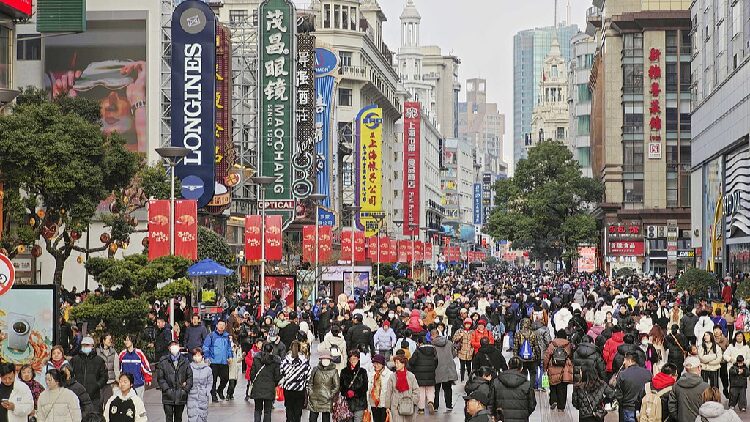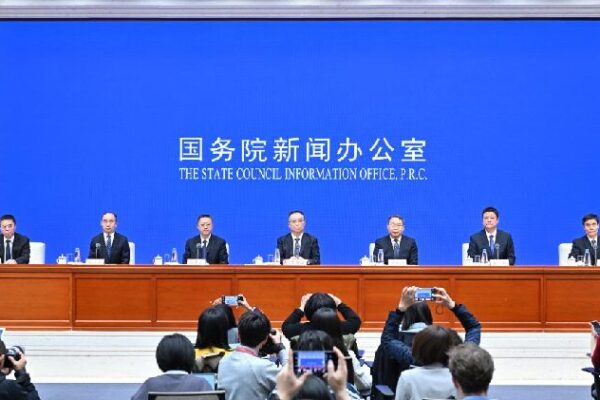The Western media often seems puzzled by China’s economic decisions. Lately, they’ve expressed disappointment over China’s massive $1.4 trillion plan to restructure local government debt, complaining it doesn’t do enough to boost consumer spending. They’re also let down when China’s central bank takes steps to support property and stock markets without focusing on stimulating consumption.
But why is the West so disappointed? It’s not because China is making mistakes. Instead, it’s because many in the West misunderstand how China’s economy works and what truly drives its growth.
A key example is the Western reaction to a major meeting of China’s Communist Party in July, where leaders set ambitious goals. They announced plans for "revolutionary breakthroughs in technology," aiming to create new industries, business models, and growth drivers with high-tech and high-quality development.
However, the Western press didn’t focus on these bold plans. Instead, they criticized China for not shifting its growth model away from investment and exports toward more household consumption. Basically, they’re saying China should buy more Western goods to help balance trade deficits.
But China has its own strategy. Back in 2020, China introduced the "dual circulation" approach, balancing exports with domestic consumption and investment. And despite global challenges, China’s exports are still climbing, and trade surpluses are reaching record levels.
The idea that China should reduce investment to boost consumption doesn’t make sense in the Chinese context. China’s consumption levels have been rising precisely because of its high investment in growth. Sustainable increases in consumption rely on continued economic growth, which, in turn, depends on ongoing investment.
Moreover, China is not just investing more; it’s investing smarter. The country is focusing on advanced technologies like artificial intelligence, aerospace, new energy, biotech, and quantum technology. By pushing into these high-tech fields, China aims to enhance its technological sophistication and drive future growth.
This approach is already showing results. Reports indicate that China leads in 37 out of 44 critical technologies, including areas like defense, robotics, energy, AI, and quantum tech.
In short, while the West keeps waiting for China to change its economic tune, China is forging ahead with its own strategy—one that emphasizes high investment in advanced technologies to drive growth and, ultimately, boost consumption. Maybe it’s time the West started paying attention to what China is actually doing rather than what they wish it would do.
Reference(s):
cgtn.com








